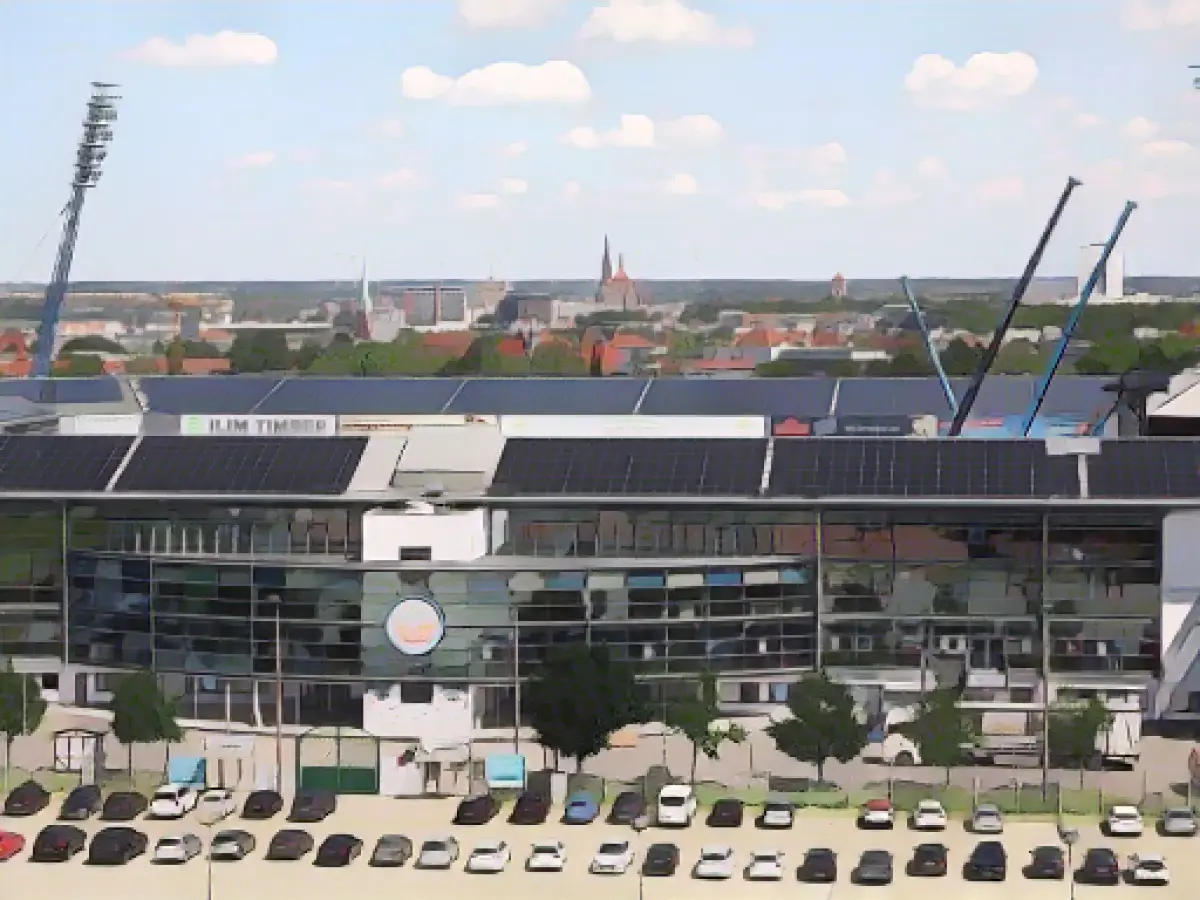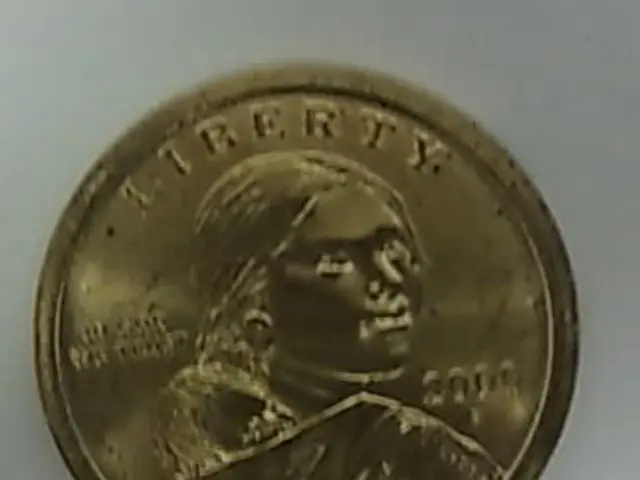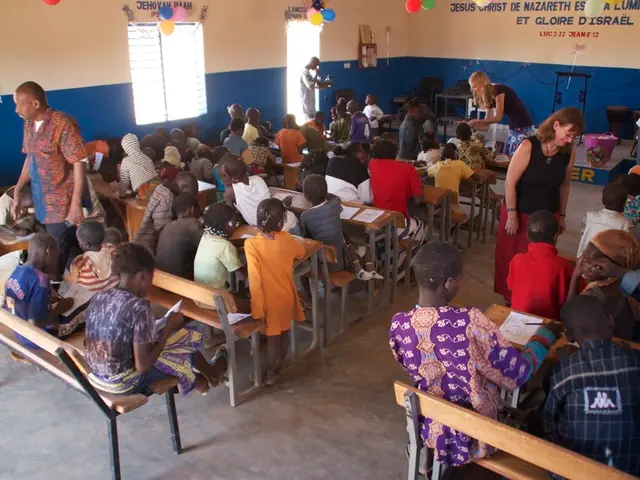After the intense 3:2 victory by FC St. Pauli over FC Hansa Rostock in the 2nd Bundesliga, tensions boiled over, leading to violent clashes. Unnamed individuals from an estimated group of around 100 people engaged in chaos, causing damage to a private vehicle and emergency service vehicles. Unfortunately, two young children, aged 12 and 2, sustained minor injuries due to shattered glass.
The authorities swiftly responded to the situation, filing a criminal complaint on suspicion of aggravated disorderly conduct. This high-risk match saw increased security presence, with officers from various German law enforcement agencies deployed, including the Mecklenburg-Vorpommern state police, Hamburg, and the federal police.
While the specific cause of this incident remains unclear, historical context can shed some light on the larger issue of hooliganism and violence in German football. During the 1990s, hooliganism was a significant problem in clubs like FC Berlin, which was involved in various violent incidents, some even involving clashes with other hooligan groups and left-wing forces[1].
The post-German reunification period was marked by significant social and political upheaval, which sometimes spilled over into football matches[1]. Furthermore, in some cases, the police were outnumbered or unprepared, leading to escalation of violence[1].
However, without direct information from the sources, it's challenging to draw definite conclusions about the FC Hansa Rostock and FC St. Pauli riot's specific causes. Regardless, it's essential to address and combat hooliganism and maintain a safe atmosphere at all football matches.
[1] Source: "Football and Violence in Germany: Politicised Hooliganism and the Ultra-Scene," L.R. Brosig, 2020.








